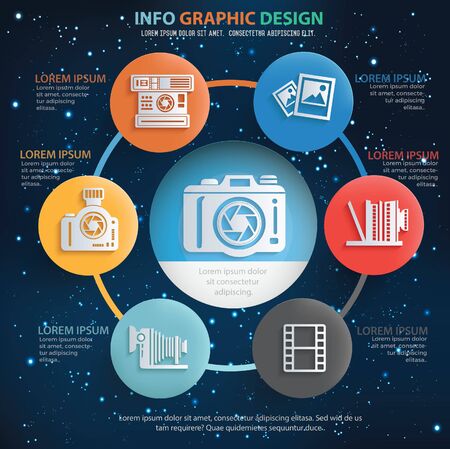Change Your Digital Photography By Mastering Lighting Methods That Can Boost Your Pictures-- Uncover The Usual Challenges That Could Be Holding You Back
Change Your Digital Photography By Mastering Lighting Methods That Can Boost Your Pictures-- Uncover The Usual Challenges That Could Be Holding You Back
Blog Article
Content Composed By-Beck Brady
As a professional photographer, you recognize that lights can make or damage your photos. Comprehending the subtleties of both all-natural and synthetic light is necessary for recording the mood and quality you aim for in your work. Whether you're chasing the best golden hour radiance or fine-tuning your synthetic configurations, mastering these components can raise your photography considerably. But there prevail pitfalls that numerous overlook, and recognizing them can change your approach to every shoot. Let's discover what you might be missing and how it can affect your results.
Comprehending All-natural Light
Comprehending all-natural light is crucial for any type of photographer looking to improve their job. It's the foundation of excellent digital photography, influencing mood, tone, and quality. When you fire outdoors, take notice of the moment of day. use this link -- shortly after daybreak and prior to sunset-- offers soft, cozy light that can change average scenes right into stunning photos.
Do not undervalue the power of overcast days. Cloud cover diffuses sunlight, developing a soft, even light that's ideal for pictures and macro digital photography. You'll find shades appear this type of lights without harsh darkness.
Positioning issues, as well. Constantly consider your subject's positioning to the source of light. If the sunlight's behind your topic, you may end up with a silhouette, which can be significant yet mightn't be what you want. On the other hand, straight sunlight can create unflattering darkness.
Experiment with angles; in some cases, changing your viewpoint can yield amazing results. Usage natural reflectors, like water or sand, to jump light onto your subject, including dimension.
Mastering Artificial Light
Understanding man-made light is crucial for digital photographers who intend to take their abilities to the next degree. Whether you're using speedlights, studio strobes, or constant lights, understanding how to manipulate these resources can dramatically boost your photos.
Begin by familiarizing yourself with the fundamentals of light quality, instructions, and shade temperature level. Experiment with various modifiers like softboxes, umbrellas, or grids to regulate the soft qualities or cruelty of the light.
You'll find that soft light often creates flattering results, while harsher light can add dramatization and deepness. Don't shy away from darkness; they can boost the three-dimensionality of your topics.
Pay very close attention to the positioning of your lights. https://squareblogs.net/loyd311tad/just-how-to-choose-the-right-cam-for-your-digital-photography-demands positioned as well near to your topic can create uncomplimentary results, while as well away can result in a lack of detail. Utilize a light meter or your video camera's pie chart to ensure you're subjecting properly.
Lastly, keep in mind that artificial light can be combined with ambient light for creative results. Stabilizing these resources might take technique, once you master it, your photography will truly radiate.
Methods for Different Situations
When you enter various shooting circumstances, adapting your lighting strategies is essential for catching the best pictures. For outside portraits, utilize the gold hour-- morning or late afternoon light-- to soften shadows and improve skin tones.
If it's an extreme midday sun, consider utilizing a reflector to bounce light back onto your topic or look for shaded areas for a much more also exposure.
In low-light situations, like indoor events, raise your ISO and make use of a broad aperture to allow in more light. A tripod can assist get rid of video camera shake, enabling longer direct exposures without obscuring.
If you're shooting at evening, trying out off-camera flash to create dynamic illumination and depth in your photos.
For item photography, make use of diffused lighting to stay clear of rough representations. Softboxes or light camping tents can aid attain this result.
When photographing landscapes, think about the direction of light and time of day, as it can drastically change the state of mind of your shot.
Always be ready to adjust your settings and placing based upon the situation, as versatility is essential to mastering illumination in digital photography.
Final thought
In conclusion, grasping lighting is crucial to elevating your digital photography skills. Accept all-natural light's elegance throughout golden hour, and do not avoid experimenting with synthetic light techniques. By adjusting your approach to different situations, you'll catch magnificent images that resonate with emotion and quality. Keep in please click the up coming post , the ideal lights can change a common shot into something phenomenal, so maintain exercising and fine-tuning your understanding of both natural and synthetic light. Delighted capturing!
